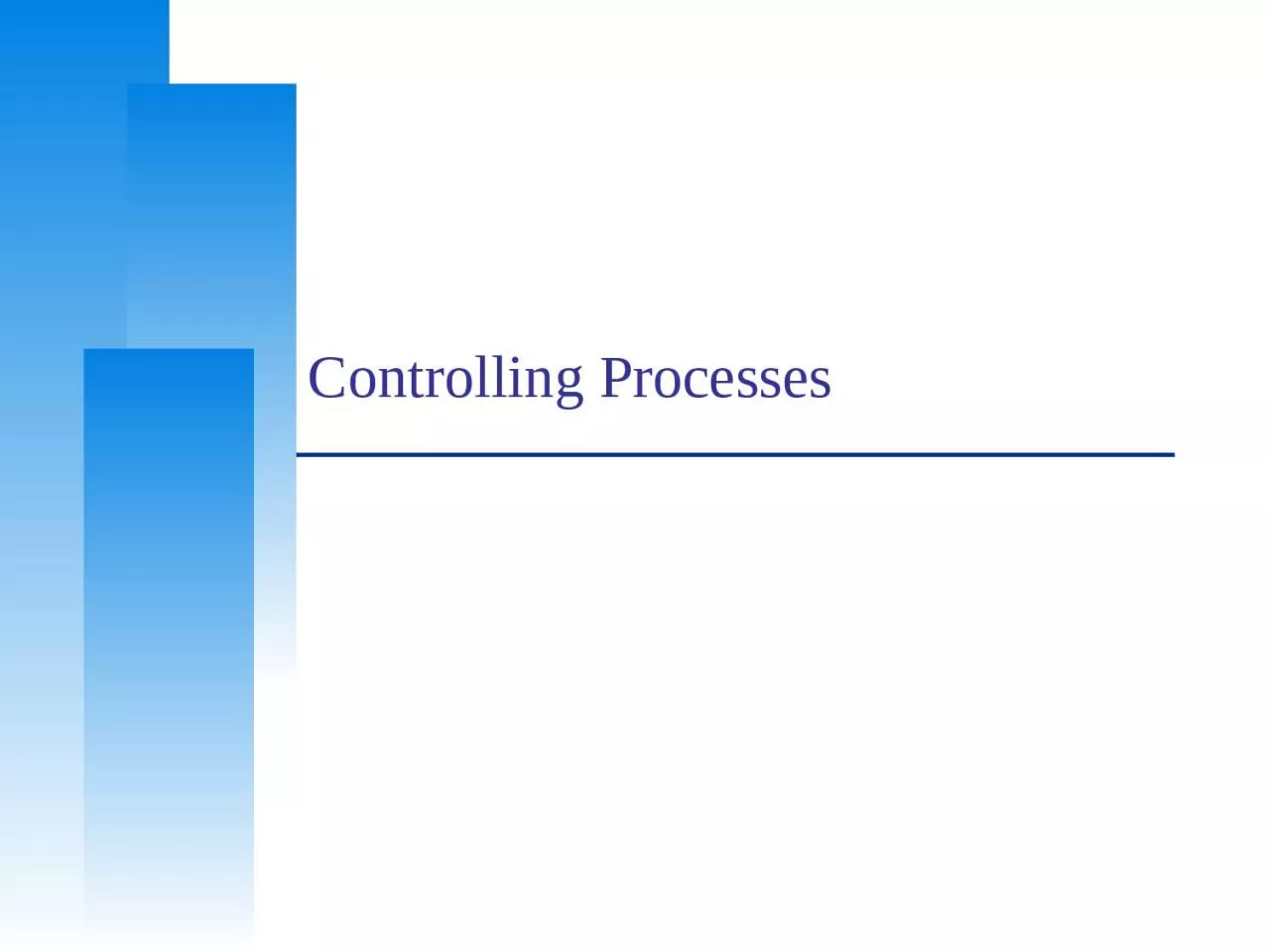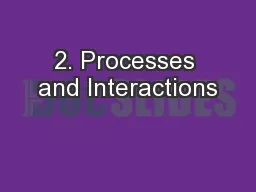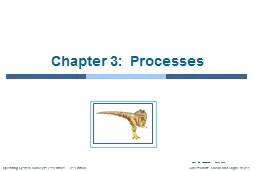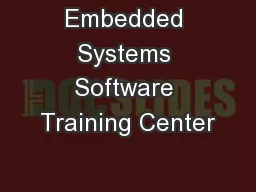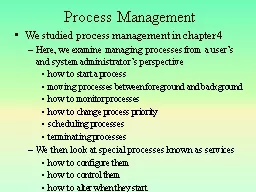PPT-Controlling Processes Program to Process
Author : josephine | Published Date : 2024-01-13
Program is dead Just lie on disk grep is a program usr bingrep file usr bingrep ELF 32bit LSB executable E xecutable and L inkable F ormat When you execute
Presentation Embed Code
Download Presentation
Download Presentation The PPT/PDF document "Controlling Processes Program to Process" is the property of its rightful owner. Permission is granted to download and print the materials on this website for personal, non-commercial use only, and to display it on your personal computer provided you do not modify the materials and that you retain all copyright notices contained in the materials. By downloading content from our website, you accept the terms of this agreement.
Controlling Processes Program to Process: Transcript
Download Rules Of Document
"Controlling Processes Program to Process"The content belongs to its owner. You may download and print it for personal use, without modification, and keep all copyright notices. By downloading, you agree to these terms.
Related Documents

